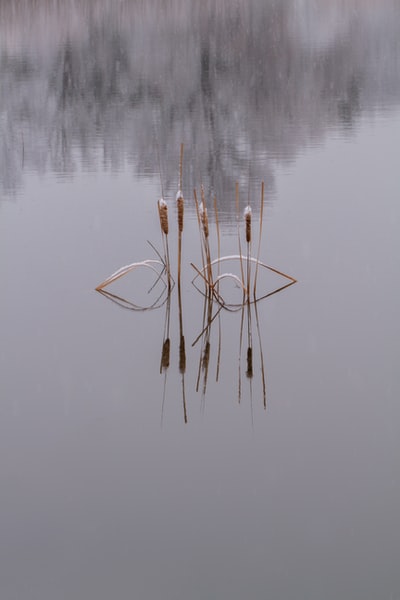 Cholera is an infection which occurs in the small intestine. It’s caused by the cholera bacterium which is an example of a prokaryotic organism. Prokaryotic cells are not comprised of the same organelles as humans cells.
Cholera is an infection which occurs in the small intestine. It’s caused by the cholera bacterium which is an example of a prokaryotic organism. Prokaryotic cells are not comprised of the same organelles as humans cells.
They’re made up of a:
- cell wall
- cell-surface membrane
- capsule
- circular DNA
- flagella
- plasmid
Cholera is usually transmitted through contaminated water or food. In the developed world the cause is usually seafood while in the developing world it tends to be water. Most bacteria are unable to survive the acidic conditions of the stomach. However, those that do travel to the small intestine where they propel themselves through the mucus lining its walls using their flagella in order to reach the intestinal wall. Here, the bacteria can thrive and produce toxins which results in watery diarrhoea. In areas in which sanitation is bad new generations can quickly be spread this way.
The cholera bacterium attaches to the epithelium and produces cholera toxin CT. This enters into the epithelial cells and stimulates a chloride ion channel located in the cell membrane. The chloride ions diffuse into the lumen of the gut, out of the cells. The water potential in the lumen drops and water moves out of the cells into the lumen by osmosis. This leads to dehydration and diarrhoea.